As the world shifts its attention on renewable energy, solar panels are becoming frequently seen on farms, rooftops, as well as commercial structures. But what people aren’t aware of is about the superheroes in the background to ensure that this green energy revolution doesn’t hit a roadblock.
Renewable energy will be the fuel that drives the way to a greener tomorrow, and battery storage will be the fuel that keeps it going. It is something that makes it stable and reliable. Something that is always available. But what brought us to this point? What is the reason 2025 is the year that battery storage will take the lead? Let’s travel through the years to discover new technologies and innovations that are changing how we store and utilize energy.
A Look Back: The Evolution of Battery Energy Storage
Batteries have been around for centuries, but their journey from powering pocket calculators to storing gigawatts of renewable energy is nothing short of extraordinary.
The First Spark: The 1800s
The story began in 1800 when Alessandro Volta built the first genuine battery, the Voltaic Pile. It wasn’t pretty, and it wasn’t powerful, but it was the first step toward a world where stored electricity became possible.
The Recharge Revolution: The 1900s
Fast forward to the late 19th century, and lead-acid batteries made their way into electric vehicles; yes, EVs existed way before Tesla! But they were bulky and inefficient. Then came nickel-cadmium (NiCd) batteries, offering better rechargeability.
By the late 20th century, the real game-changer arrived: lithium-ion batteries (Li-ion). They were lighter, packed more energy, and quickly became the go-to power source for everything from mobile phones to electric cars.
The Renewable Era: The 2000s-2020s
As the world began shifting toward renewables, a problem emerged: what happens when the sun isn’t shining or the wind isn’t blowing? That’s when battery energy storage systems (BESS) started gaining momentum. Early grid-scale lithium-ion battery projects showed promise, but they were expensive and had limited capacity.
And then came 2025…
2025: The Year of the Battery Breakthrough
If 2023 and 2024 were the years of rapid growth in solar and wind power, 2025 is the year when battery energy storage becomes the backbone of the renewable industry.
But what changed?
Cheaper, More Efficient Batteries
Just five years ago, lithium-ion batteries were still relatively expensive. But thanks to relentless innovation, the cost of energy storage has plummeted by over 60%. Manufacturing improvements, new materials like solid-state batteries, and breakthroughs in battery chemistry have made energy storage more affordable and efficient.
Longer Lifespan, Faster Charging
Older batteries degraded quickly and took hours to charge. Now, next-gen batteries charge in minutes and last for decades, making them a sustainable long-term solution for the grid.
Beyond Lithium: The Rise of Alternative Batteries
While lithium-ion remains dominant, 2025 has witnessed the rise of new players in the battery storage game:
- Sodium-ion batteries: Made from abundant and cheap materials, they’re proving to be a game-changer.
- Flow batteries: These liquid-based storage systems offer long-duration energy storage, ideal for stabilizing renewable grids.
- Iron-air batteries: Capable of storing energy for days, these are helping balance energy supply during prolonged cloudy or windless periods.
Why Battery Energy Storage is a Game-Changer for Renewables
A World Without Blackouts
Imagine a world where power cuts become a thing of the past. Battery storage ensures a 24/7 energy supply, even when natural energy sources are temporarily unavailable. Whether it’s a city, a remote village, or an entire country, energy storage stabilizes the grid and prevents disruptions.
Supercharging the Solar and Wind Boom
In 2025, solar and wind power generation is hitting new records. But without storage, much of that power would have gone to waste. Batteries now allow excess energy to be stored and used when needed, maximizing the efficiency of renewables.
Slashing Carbon Emissions
Energy storage reduces reliance on fossil fuel backup power, cutting down carbon emissions by millions of tons per year. The shift to renewables was always the goal, but battery storage is the missing puzzle piece that makes it truly possible.
Powering the Electric Vehicle (EV) Revolution
EV adoption is skyrocketing, and battery energy storage is playing a crucial role. Vehicle-to-grid (V2G) technology allows EVs to not only charge from the grid but also supply energy back during peak demand.
Philippines – An Emerging Player in BESS
The Philippines is rapidly positioning itself as a key contributor to the global BESS arena:
- Major Renewable Investments: The Philippines has partnered with UAE’s Masdar in a $15 billion agreement to develop renewable energy projects. The projects include solar, wind, and battery storage systems, which aim to provide up to 1 GW of clean power by 2030.
- Large-Scale Projects: San Miguel Global Power Holdings Corp. (SMGP) is developing a 1,000 MW battery storage network across 32 sites, marking one of the world’s largest integrated BESS networks.
- Strategic Partnerships: In 2024, Actis invested in the Terra Solar Project, set to be the world’s largest integrated renewables and energy storage project, combining 3.5 GW of solar PV with 4.5 GWh of battery storage.
- Hybrid Systems: AC Energy (ACEN) launched the Philippines’ first hybrid solar-plus-storage plant, integrating a 40 MW battery system with a 120 MW solar facility in Alaminos, Laguna.
- Manufacturing Initiatives: An Australian-backed lithium battery factory commenced operations in New Clark City, targeting a production capacity of 2 GWh by 2030, with plans to export 70% of its output to markets including Australia and North America.
- Nickel Supply Chain Development: As the world’s second-largest producer of nickel, the Philippines is seeking Western investment to develop a “China-free” nickel supply chain, aiming to strengthen its role in the electric vehicle battery industry.
Final Thoughts
2025 will be the golden age of battery storage of energy. After years of catching up, storage technology has become the foundation for renewable power. It’s helping ensure that our homes remain powered, our electric vehicles remain running, and the planet continues breathing.
The next time you flick the switch and your lights go on, even during the darkest and stormiest nights, keep in mind that an electric battery somewhere in the world made it possible.
The future is electrical and green, and thanks to Battery Energy Storage, the future is here.
To know more, dial +639176310032 or write to us directly at wecare@nativtechniks.com
Read our other blogs
Emerging Trends in Solar Battery Technology: What to Expect in 2025
Why the Philippines is Becoming a Solar Power Hub in Southeast Asia
Philippines Solar Energy Market: Opportunities and Challenges in 2025 and Beyond
How Solar Developers Are Accelerating Renewable Energy Goals in the Philippines



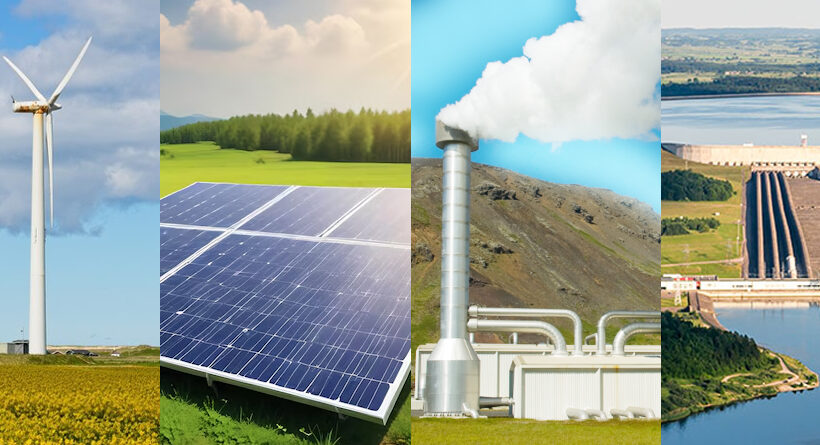

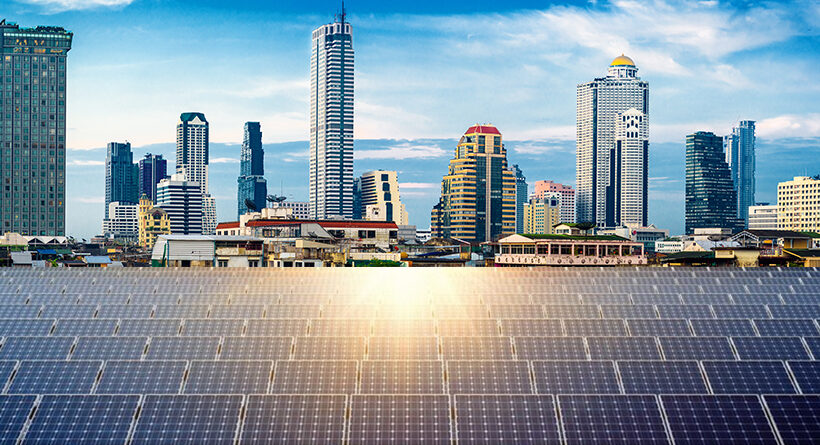


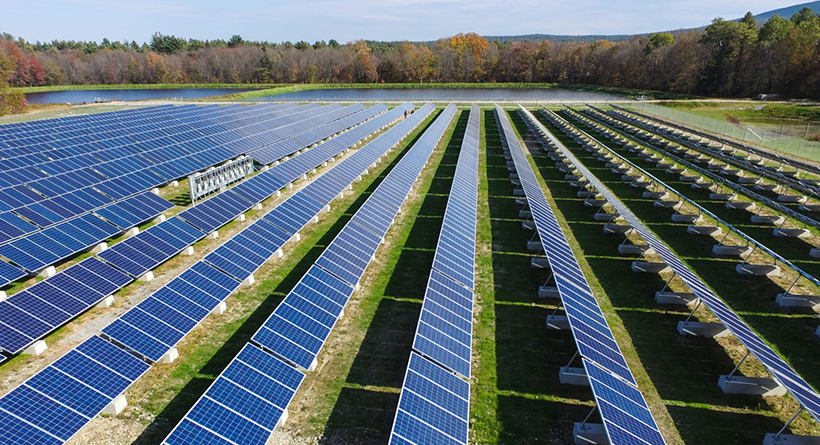
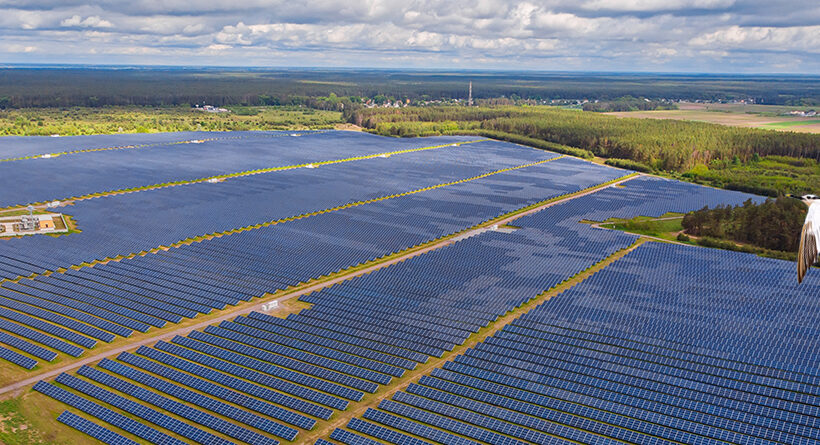
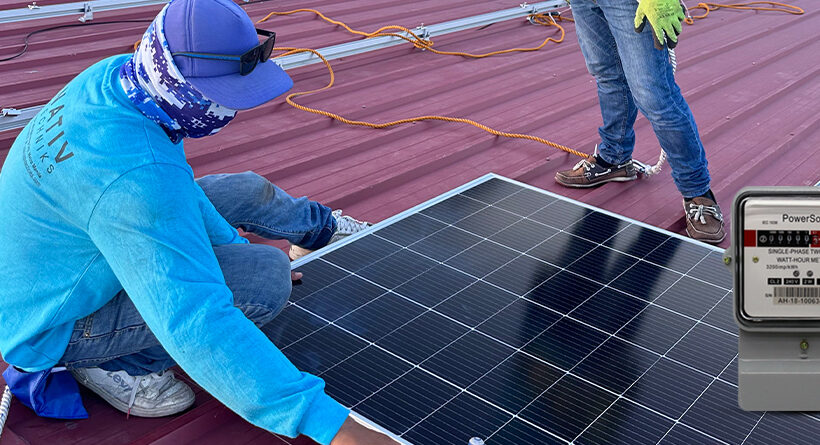


Leave a Reply